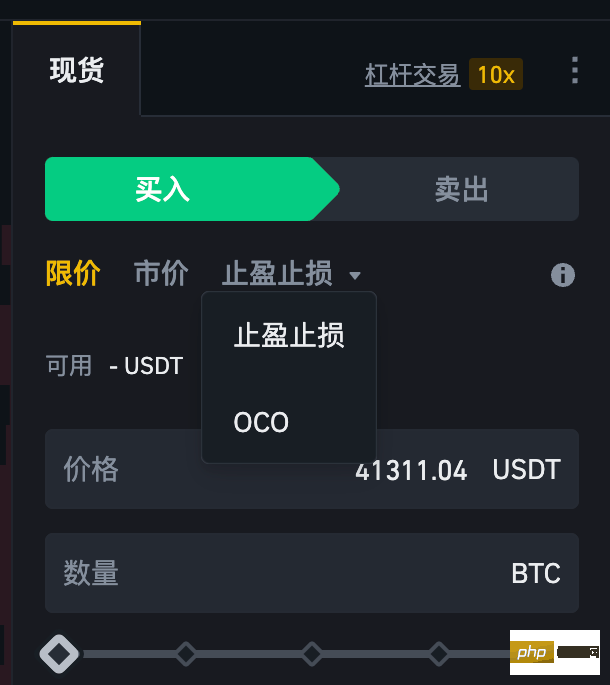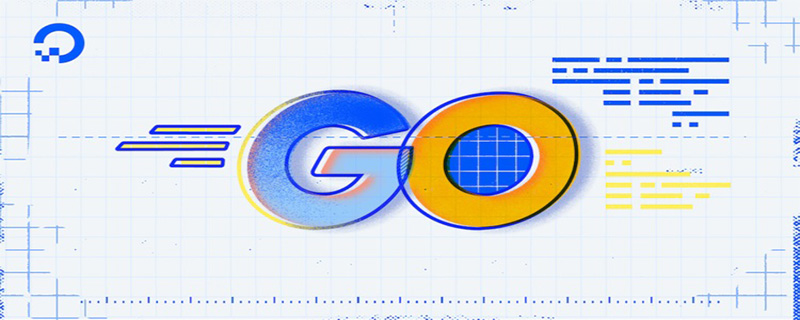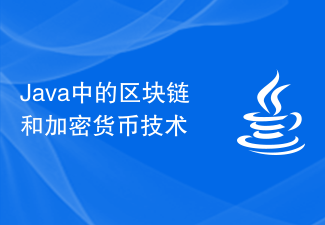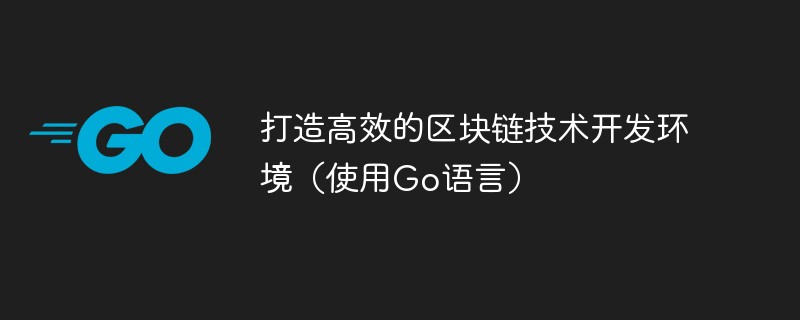 web3.0
web3.0 Exclusive interview with 0G CEO: How to build a 'high-performance, AI-focused, programmable' modular AI blockchain after raising US$35 million
Exclusive interview with 0G CEO: How to build a 'high-performance, AI-focused, programmable' modular AI blockchain after raising US$35 millionAs Layer 2 networks and decentralized artificial intelligence platforms become increasingly prominent, data availability becomes even more critical. Data Availability (DA) refers to the need for block producers to publish all transaction data of the block to the network so that validators can download it. Subsequently, it also brings the issue of data availability, with two key points: security and cost. The first is to ensure that the verification mechanism is carried out safely, and the second is to reduce the cost of publishing data.
In the process of gradual separation of data availability and the main network, another larger long-term trend can also be found, that is the modularization of the blockchain. Modular blockchain solves the various tasks or functions of the blockchain into different layers or modules. This separation allows for improved performance, scalability, and customization. Current competitors in the modular blockchain field include AltLayer, Avail, Celestia, EigenLayer, Fuel, dYmension, etc.
Now, if artificial intelligence is integrated with modular blockchain, what wonderful effects will it produce? 0G, also known as Zero Gravity, is the first modular AI blockchain born under this background. On March 26, 0G announced that it had raised US$35 million in the Pre-Seed round, with investors including Hack VC, Alliance, Animoca Brands, Delphi Digital, Stanford Builders Fund, Symbolic Capital, OKX Ventures and more than 40 institutions.
Michael Heinrich is the CEO and co-founder of 0G. He recently introduced the project concept in an exclusive interview with PANews. He discussed the current development progress and future roadmap, as well as more details behind the establishment of the project.
0G’s innovation: high performance, AI focus, programmability
According to the official introduction, 0G is the first built-in universal storage layer with super scalability and decentralization features Data availability systems. The scalability of 0G is determined by the idea of dividing the data availability workflow into a data publishing lane and a data storage lane. Large data transfers occur on data storage channels supported by the storage layer, achieving horizontal scalability through well-designed partitions, while data release channels guarantee data availability properties through consensus on data availability sampling, a process that only requires the transmission of tiny data through the consensus protocol to avoid transaction broadcast bottlenecks.
“To put it more clearly, Michael said that 0G has three characteristics: “We help high-performance DApps launch on the network through the fastest data availability layer on the market. Key innovations are threefold: 1) high performance, 2) focus on AI, and 3) programmability of the data availability platform. "
From a performance perspective, 0G has found a way to scale nodes horizontally in the consensus layer, and also figured out how to scale the consensus layer itself. "This means we are able to provide unlimited data availability and usability Throughput rate. At each consensus layer, we can provide up to 50GB of data availability capacity, which is 50,000 times faster than Danksharding or other methods, and about 100 times cheaper. Therefore, we can truly emulate the cost and performance of Web2. ”
According to him, 0G’s modular AI blockchain will support a series of DApps, including AI, games, high-frequency trading DeFi, DePIN applications, etc. This is a major breakthrough for this field. .
“We can also cover more technology-type innovations in it. Then, focusing on AI is part of the infrastructure, including distributed storage networks. People can use it to store AI models, use DA attributes to provide inference traces for distributed storage networks, and some ML use cases. This achieves a comprehensive solution for data infrastructure, especially built for AI. As time goes by, we will have more and more innovations in this field. "
In addition to the above two features, 0G is also programmable. Blockchains and developers can save their entire state through smart contracts and then load that state later. "When they do this, They can fully customize the length of time it is stored, where it is stored, the types of data used, security attributes, and how much data is backed up they want. Therefore, it is completely programmable according to your needs. These three key innovations set us apart from other data availability layers in the encryption space. ”
Investment institutions are enthusiastic, 20 times oversubscribed
As a start-up company, 0G’s initial financing goal was only a basic goal of US$5 million to develop core technology. But when When 0G selected Hack VC as the lead investor, doors opened immediately, and 0G was oversubscribed 20 times. Attracting over $100 million in investment interest, 0G ultimately partnered with the investors they felt could best help.
“I think the reasons behind this include: the caliber of the team; the space and the potential it brings; the quality of the early investors who came in, who opened the door for other investors to want to get involved . Hack VC was the first term sheet we received, and once they invested, many others quickly followed. "
Michael said that the investment funds received by 0G will mainly be used for marketing and engineering development. These are the two main uses. The funds will be roughly divided equally between these two aspects.
Talking about the reason why the project was originally established, Michael said that he first met Thomas Yao from Stanford University. The two were classmates and became good friends over time. "So I've known Yao for 10 years now. He knew I wanted to build something in Web 3 and AI. So he called me at the end of 2022 and said, 'Hey, a few years ago I invested in a company called For the company Conflux, Ming Wu and Fan Long are two very good people, and they want to start some projects globally, and I think the four of us can form a very strong team.' So we got together, and I spent It took about six months to meet frequently with the co-founders,” Michael said.

The mainnet is expected to be released in Q3
0G was founded last year, about 9 months ago. Now, rather than facing some development challenges, what 0G's technical team is currently doing is focusing on optimization. For them, the challenge they face is more about how to truly optimize every part of the system. For example, the team looked at different erasure coding schemes and found an implementation we modified that was three times faster than any other scheme we had seen.
“It’s less about the challenges and more about optimizing the infrastructure. We’re building it in a very systematic way. We started with a decentralized storage network and then we added the erasure coding component , added a consensus layer component, added KZG commits, and then added data availability sampling as part of the consensus network."
Each of these components requires a lot of optimization. This is where 0G currently spends a lot of time in development. Another area where a lot of time is spent is optimizing the consensus to make it efficient.
Therefore, initially, 0G will only use the existing consensus, but the second phase of the mainnet will use the changed Conflux consensus mechanism. So this will take a lot of time.
There are currently about 30 people in 0G, more than half of whom are engineers. Michael said that 0G's team lineup is very strong, "We have many Olympiad gold medals and informatics competition medals. This is the best engineering team I have ever worked with. So I am really very proud of our team."
Currently, 0G has not disclosed the valuation and token issuance time. The 0G mainnet will be released in the third quarter of this year. “We are trying to get it as early as Q3. We are working very hard to make this possible.”
Michael said this will be the first phase of the mainnet. “We will have multiple phases and will announce in the future the features that will be included in each phase.”
As far as partnerships go, 0G is currently working with some great Layer 2 players in the crypto space, such as Polygon. There will also be cooperation with some artificial intelligence projects, game projects and some DeFi projects. In addition, Michael revealed that 0G will also cooperate with some rollups-as-a-service providers.
The above is the detailed content of Exclusive interview with 0G CEO: How to build a 'high-performance, AI-focused, programmable' modular AI blockchain after raising US$35 million. For more information, please follow other related articles on the PHP Chinese website!
 区块链只能用go语言吗Dec 27, 2022 pm 05:25 PM
区块链只能用go语言吗Dec 27, 2022 pm 05:25 PM不是。区块链是一种编程思想,原则上使用任何一种编程语言都可以实现,比如Solidity、C++、C#、Java、javascript、Go都可以实现区块链的开发;区块链技术涉及的面很广,而编程语言只是一种手段,把设计理念用代码呈现出来,做成产品服务用户。
 什么是OCO订单?Apr 25, 2023 am 11:26 AM
什么是OCO订单?Apr 25, 2023 am 11:26 AM二选一订单(OneCancelstheOther,简称OCO)可让您同时下达两个订单。它结合了限价单和限价止损单,但只能执行其中一个。换句话说,只要其中的限价单被部分或全部成交、止盈止损单被触发,另一个订单将自动取消。请注意,取消其中一个订单也会同时取消另一个订单。在币安交易平台进行交易时,您可以将二选一订单作为交易自动化的基本形式。这个功能可让您选择同时下达两个限价单,从而有助于止盈和最大程度减少潜在损失。如何使用二选一订单?登录您的币安帐户之后,请前往基本交易界面,找到下图所示的交易区域。点
 为什么用go语言写区块链Mar 04, 2021 pm 03:42 PM
为什么用go语言写区块链Mar 04, 2021 pm 03:42 PM原因:1、Go语言具有部署简单、性能优秀、并行执行性能好、良好语言设计、内置大量库、团队牛逼等优势。2、以太坊和超级账本都选择使用Go作为开发语言;这两大超级区块链的影响力很大,不仅在生态中占据了大的坑位,事实上还隐性的制定了区块链的标准。
 go语言能开发区块链吗Jan 03, 2023 pm 01:41 PM
go语言能开发区块链吗Jan 03, 2023 pm 01:41 PM可以开发。区块链是一种编程思想,原则上使用任何一种编程语言都可以实现,比如go语言、Solidity、C++、C#、Java、javascript都可以实现区块链的开发。Go语言是为了解决分布式计算,而区块链是典型的分布式数据存储系统,因此go语言能开发区块链。且Go易学易用,能很好的满足区块链行开发需要的“执行效率高、高并发、跨平台,网络开发要求高”等特点。
 深入学习区块链的Go语言开发框架Jun 04, 2023 pm 08:01 PM
深入学习区块链的Go语言开发框架Jun 04, 2023 pm 08:01 PM区块链技术的出现,使得数字货币的应用成为可能,也在许多领域得到了广泛应用。随着区块链技术领域的扩大,开发人员对于更好的应用程序编写方式的需求也高涨起来。于是,一个叫做Go语言(简称Golang)的编程语言悄悄兴起,成为了区块链开发人员的最爱。Go语言是谷歌公司开发的一种系统级编程语言,自诞生以来,一直着重强调程序设计的简捷和高效。Go语言的优点包括:静态类型
 Java 中的区块链和加密货币技术Jun 09, 2023 am 09:56 AM
Java 中的区块链和加密货币技术Jun 09, 2023 am 09:56 AMJava是一种广泛使用的编程语言,它被许多公司和组织用作开发各种应用程序的工具。最近几年来,区块链和加密货币技术在全球范围内引起了大量的关注。Java的灵活性和多功能性使得它成为开发区块链和加密货币应用程序的优秀选择。区块链技术是一种安全的、去中心化的数据库,它可以存储和共享交易记录,而无需任何中央机构的干涉。Java提供了许多区块链开发框架,例如H
 打造高效的区块链技术开发环境(使用Go语言)Jun 05, 2023 am 08:21 AM
打造高效的区块链技术开发环境(使用Go语言)Jun 05, 2023 am 08:21 AM随着区块链技术的发展和应用越来越广泛,有越来越多的人开始参与到区块链技术的开发中来。而要想打造高效的区块链技术开发环境,选择合适的开发语言和工具是非常重要的。Go语言正是一个很好的选择,因为它的性能很高,同时还有很多优秀的开源工具和库,能够大大提高开发效率。下面就来介绍一下如何打造高效的区块链技术开发环境,使用Go语言进行开发。一、选择Go语言在选择开发语言
 如何利用Go语言实现全球唯一的区块链身份标识Jun 04, 2023 pm 03:51 PM
如何利用Go语言实现全球唯一的区块链身份标识Jun 04, 2023 pm 03:51 PM区块链是一种去中心化的分布式账本技术,随着其应用领域的不断扩展,如何保障区块链参与者的身份安全问题也逐渐成为热门话题。本文将介绍如何利用Go语言实现全球唯一的区块链身份标识。一、为什么需要区块链身份标识在现有的互联网世界中,身份验证是一个非常重要的问题。通过用户名和密码等方式,用户可以登录到我门的网站上,从而使用我们的服务。但是,在互联网上,身份验证存在着

Hot AI Tools

Undresser.AI Undress
AI-powered app for creating realistic nude photos

AI Clothes Remover
Online AI tool for removing clothes from photos.

Undress AI Tool
Undress images for free

Clothoff.io
AI clothes remover

AI Hentai Generator
Generate AI Hentai for free.

Hot Article

Hot Tools

EditPlus Chinese cracked version
Small size, syntax highlighting, does not support code prompt function

SublimeText3 English version
Recommended: Win version, supports code prompts!

MinGW - Minimalist GNU for Windows
This project is in the process of being migrated to osdn.net/projects/mingw, you can continue to follow us there. MinGW: A native Windows port of the GNU Compiler Collection (GCC), freely distributable import libraries and header files for building native Windows applications; includes extensions to the MSVC runtime to support C99 functionality. All MinGW software can run on 64-bit Windows platforms.

SublimeText3 Linux new version
SublimeText3 Linux latest version

SAP NetWeaver Server Adapter for Eclipse
Integrate Eclipse with SAP NetWeaver application server.






